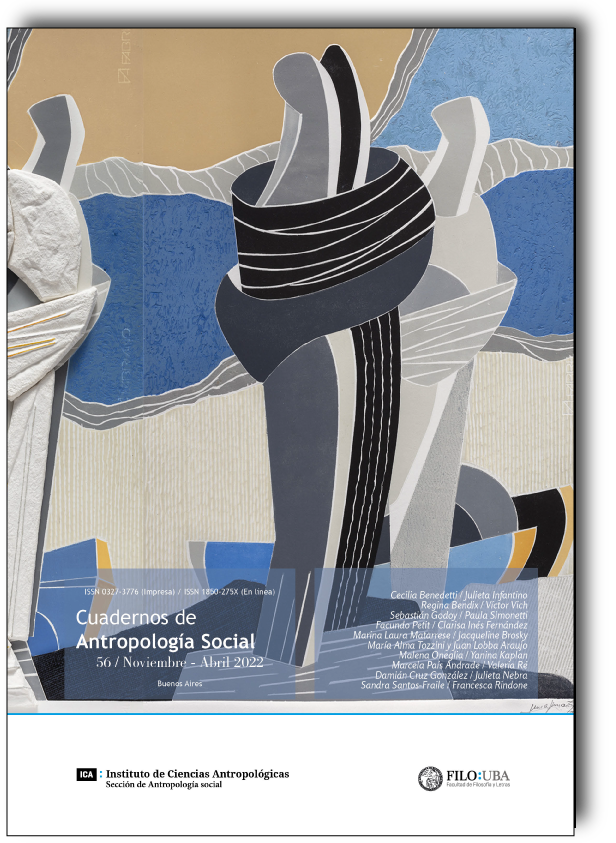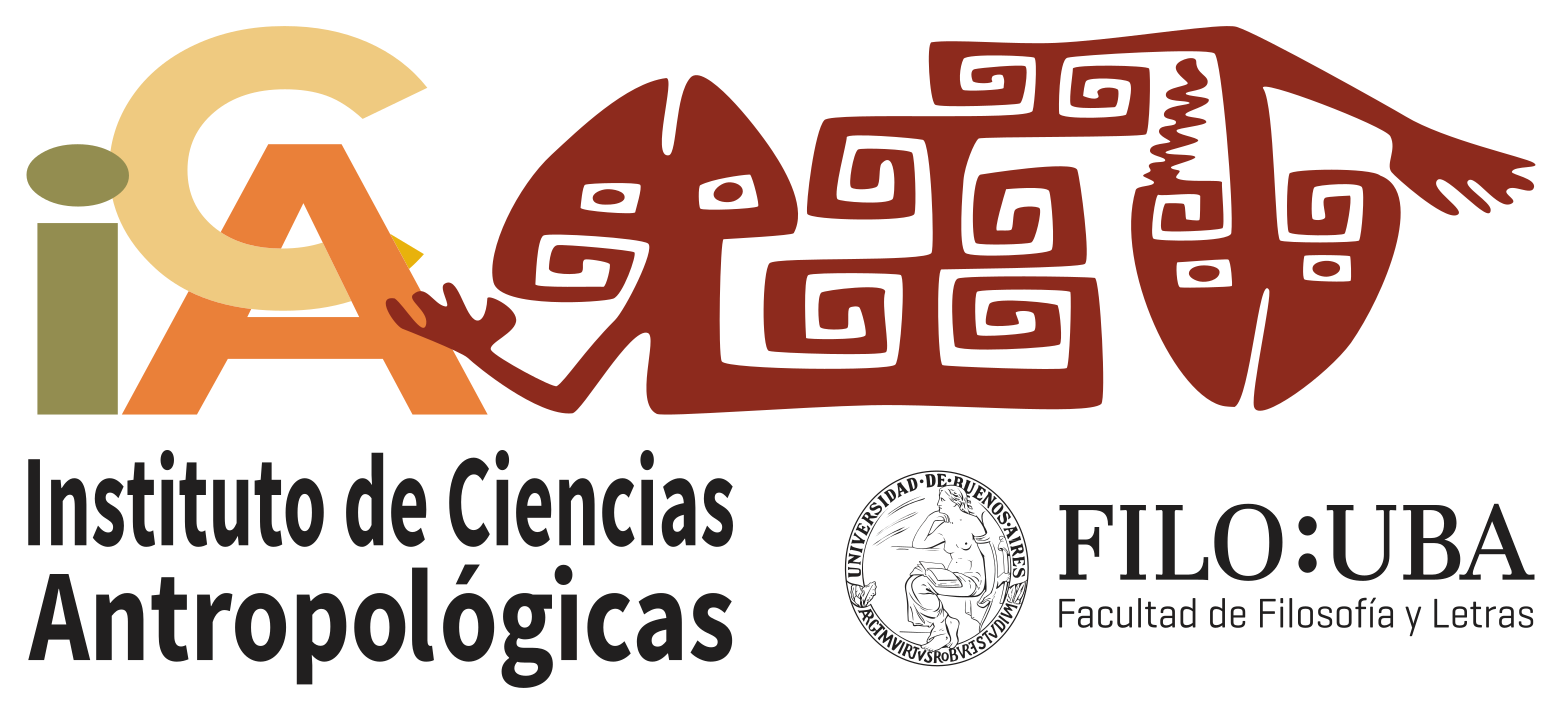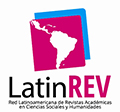TK, TCE, and Co.: the Path from Culture as a Commons to a Resource for International Negotiation
Abstract
The acronyms in the title stand for ‘traditional knowledge” and “traditional cultureexpressions.” They are linguistic evidence of how vast components of cultural practiceshave been bundled in order to facilitate speaking about them in international negotiationsat the World Intellectual Property Organization (WIPO). The paper traces the pathof immaterial cultural knowledge from a dynamically changing repository available toall within a community to its potential selective passage to ownership and exclusiveeconomic use. There are numerous reasons that have fostered interests in legal protectionof selections of culture; one of them resides in the heritage-making process whichsingles out intangibles within culture as worthy of protection and celebration, anotheris the illicit use of traditional knowledges by non-native actors in various industries.Drawing on examples from WIPO sessions, the paper traces the difficult efforts togenerate definitions that lend themselves to draw up legal frameworks customary inintellectual property law, and calls for more vigorous participation of cultural scholarsin critically accompanying such normative developments.Downloads
References
Bendix, R. (1985). Progress and Nostalgia. Silvesterklausen in Urnäsch. Berkeley: University of California Press.
Bizer, K., Gubaydulina, Z. y Lankau, M. (2010). Die verborgene Effektivität minimaler Resultate. En R. Bendix, K. Bizer y S. Groth (Eds.). Die Konstituierung von Cultural Property (pp. 197-216). Göttingen: Universitätsverlag Göttingen.
Bourdieu, P. (1977). Outline of a Theory of Practice. Cambridge: Cambridge University Press.
Brown, M. (2003). Who Owns Native Culture? Cambridge: Harvard University Press.
Cantwell, R. (1993). Ethnomimesis. Folklife and the Representation of Culture. Chapel Hill: University of North Carolina Press.
Comaroff, J. y Comaroff, J. (2009). Ethnicity Inc. Chicago: University of Chicago Press.
Dundes, A. (2012). Folklore: Legal and Constitutional Power. En R. Bendix y G. Hasan-Rokem (eds). A Companion to Folklore (pp. 537-554). Oxford: Wiley Blackwell.
Eckl, A. y Ludwig, B. (Eds). (2005). Was ist Eigentum? Philosophische Eigentumstheorien von Platon bis Habermas. München: Beck.
Grimm, J. (1828). Deutsche Rechtsalterthümer. Göttingen: Dieterich.
Grassmuck, V. (2004). Freie Software: Zwischen Privat- und Gemeineigentum. Bonn: Bundeszentrale für politische Bildung.
Groth, S. (2012). Negotiating Tradition. The Pragmatics of International Deliberations on Cultural Property. Göttingen: Universitätsverlag Göttingen.
Groth, S. (2013). Allmendgemeinschaften und Cultural Commons in der Disskussion um kulturelles Eigentum. En R. Johler, C. Marchetti, B. Tschofen y C. Weith (eds.) Kultur_Kultur. Denken, Forschen, Darstellen (pp. 59–65). Münster: Waxmann.
Hafstein, V. (2004). The Politics of Origins: Collective Creation Revisited. Journal of American Folklore, 117, 300-315.
Hafstein, V. (2007). Claiming Culture: Intangible Heritage Inc., Folklore ©, Traditional KnowledgeTM. En D. Hemme, M. Tauschek y R. Bendix (Eds.). Prädikat Heritage (pp. 75-100). Berlín: LIT.
Hafstein, V. (2014). The Constant Muse: Copyright and Creative Agency. Narrative Culture, 1(1), 9-48.
Hayden, C. (2003). From Karet to Market: Bioprospecting’s Idioms of Inclusion. American Ethnologist, 30(3), 359-371.
Kasten, E. (2004). Properties of Culture – Culture as Property. Pathways to Reform in Post-Soviet Siberia. Berlin: Reimer.
Kirshenblatt-Gimblett, B. (1988). Mistaken Dichotomies. Journal of American Folklore, 101(4000), 140-155.
Lauer, G. (2002). Offene und geschlossene Autorschaft. Medien, Recht und der Topos von der Geburt des Autors im 18. Jahrhundert. En H. Detering (Ed.). Autorschaft. Positionen und Revisionen (pp. 461–78). Stuttgart: Metzler.
Lessig, L. (2004). Free Culture. The Nature and Future of Creativity. Nueva York: Penguin.
Lord, A. (1960). The Singer of Tales. Cambridge, MA: Harvard University Press.
Noyes, D. (2016). Humble Theory. Bloomington: Indiana University Press.
Ostrom, E. (1990). Governing the Commons: The Evolution of Institutions for Collective Action. Cambridge: Cambridge University Press.
Robinson, D. (2010). Confronting Biopiracy: Challenges, Cases, and International Debates. Londres: Earthscan.
Shore, C. y Wright, S. (2011). Conceptualizing Policy: Technologies of Governance and the Politics of Visibility. En C. Shore, S. Wright y D. Pohl (Eds.). Policy Worlds. Anthropology and the Analysis of Contemporary Power (pp. 1-25). Nueva York: Berghahn.
Taylor, C. (1989). Sources of the Self: The Making of Modern Identity. Cambridge: Cambridge University Press.
Tschofen, B. (2007). Antreten, ablehnen, verwalten? Was der Heritage-Boom den Kulturwissenschaften aufträgt. En D. Hemme, M. Tauschek y R. Bendix (Eds.). Prädikat Heritage (pp. 19-32). Berlín: LIT.
Copyright (c) 2022 Cecilia Benedetti

This work is licensed under a Creative Commons Attribution 4.0 International License.

Esta obra está bajo una Licencia Creative Commons Atribución 4.0 Internacional
Cuadernos de Antropología Social sostiene su compromiso con las políticas de Acceso Abierto a la información científica, al considerar que tanto las publicaciones científicas como las investigaciones financiadas con fondos públicos deben circular en Internet en forma libre, gratuita y sin restricciones.
Los contenidos y opiniones expresadas en los artículos publicados son de entera responsabilidad de sus autores.
Los autores/as que publiquen en esta revista aceptan las siguientes condiciones:
- Los autores/as conservan los derechos de autor y ceden a la revista el derecho de la primera publicación, bajo la licencia de atribución de Creative Commons, que permite a terceros utilizar lo publicado siempre que mencionen la autoría del trabajo y a la primera publicación en esta revista.
- Los autores/as pueden realizar otros acuerdos contractuales independientes y adicionales para la distribución no exclusiva de la versión del artículo publicado en esta revista (p. ej., incluirlo en un repositorio institucional o publicarlo en un libro) siempre que indiquen claramente que el trabajo se publicó por primera vez en esta revista.















